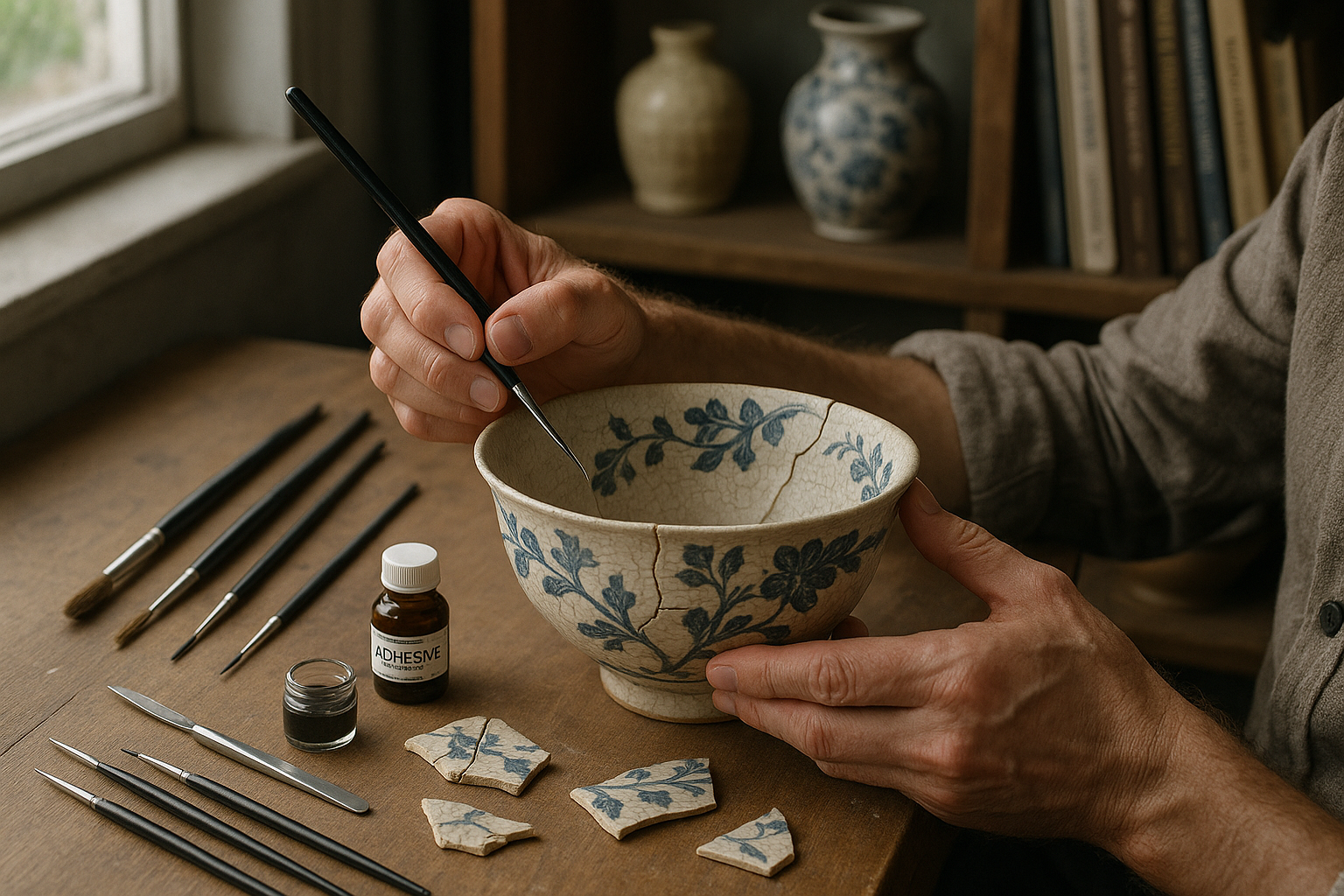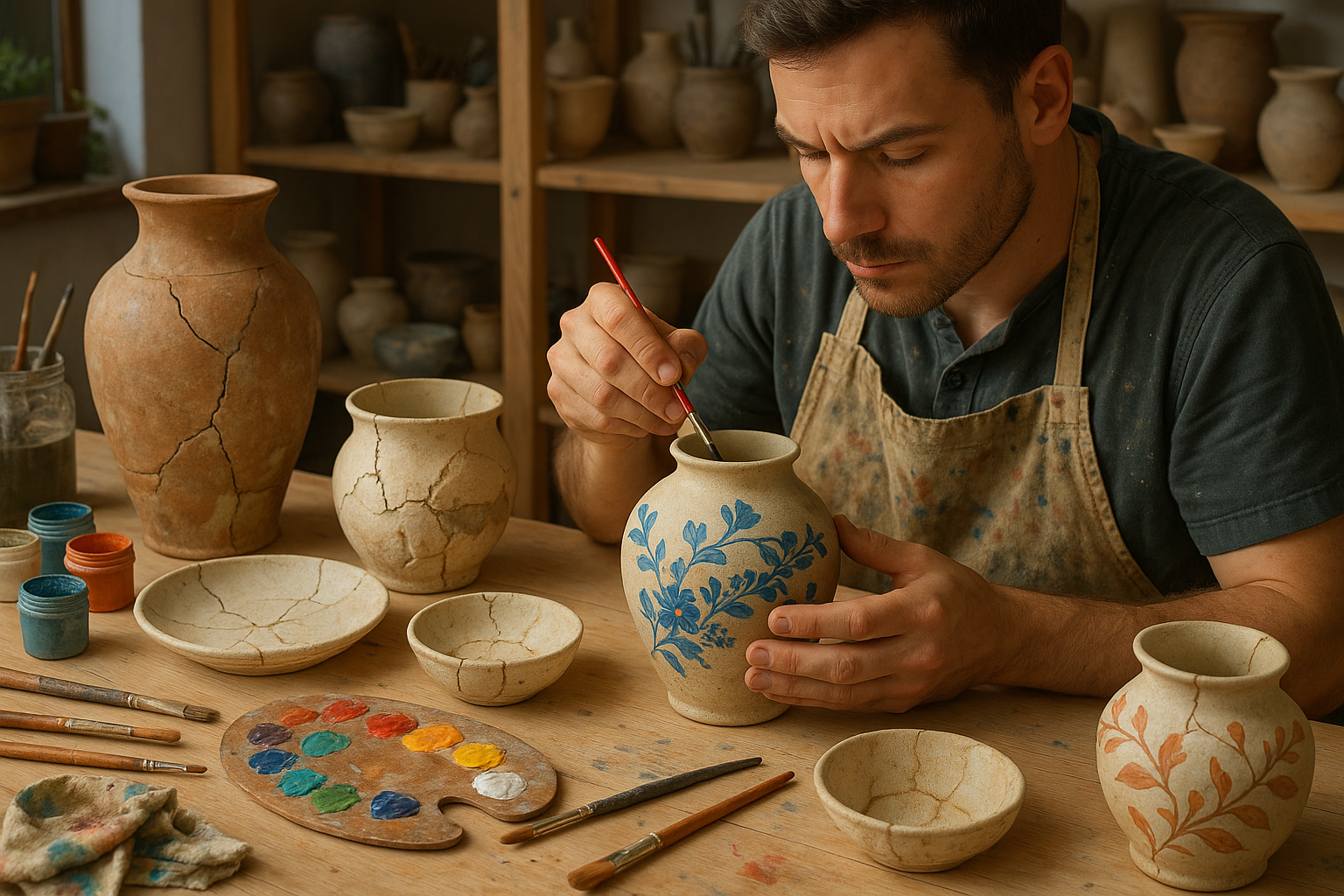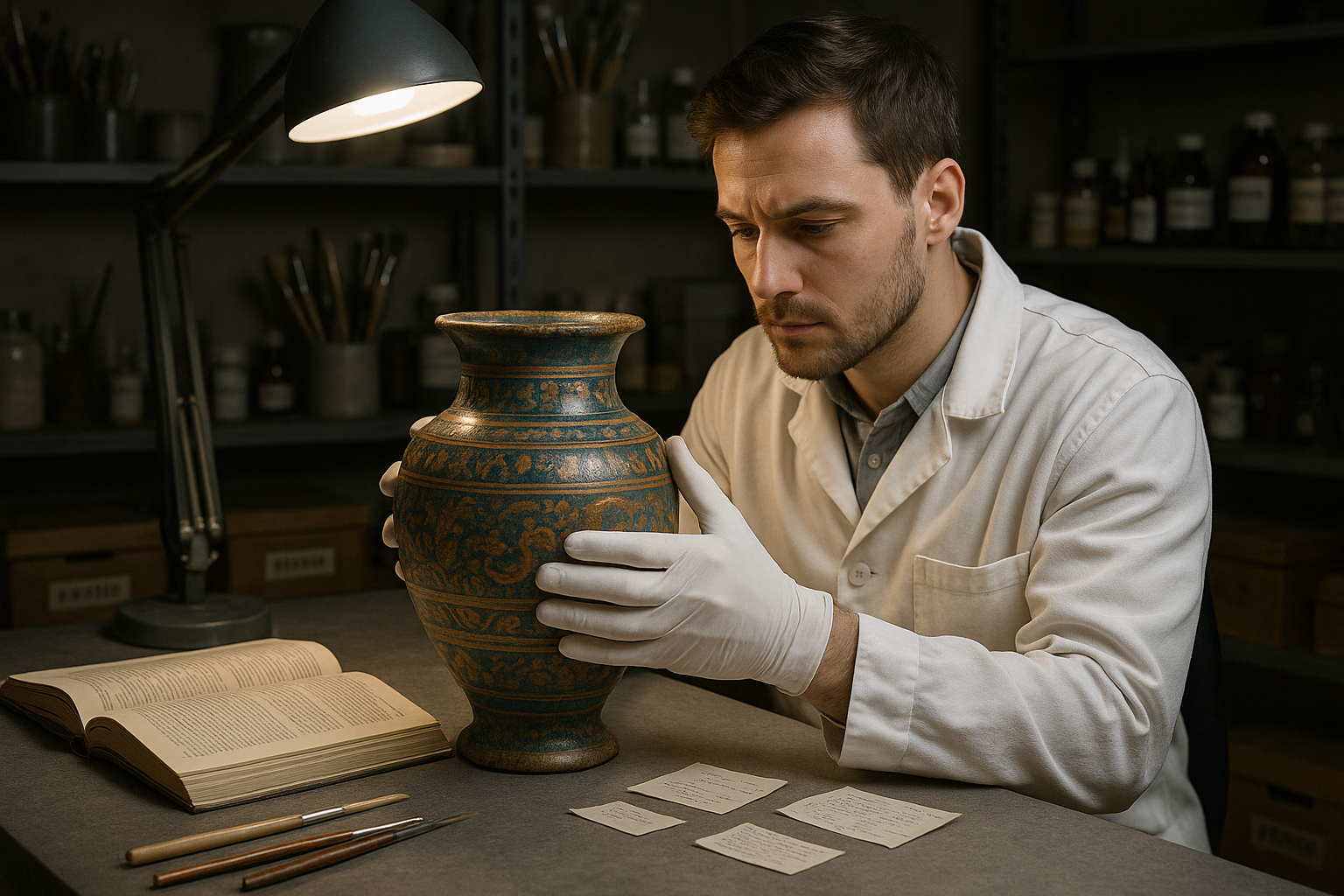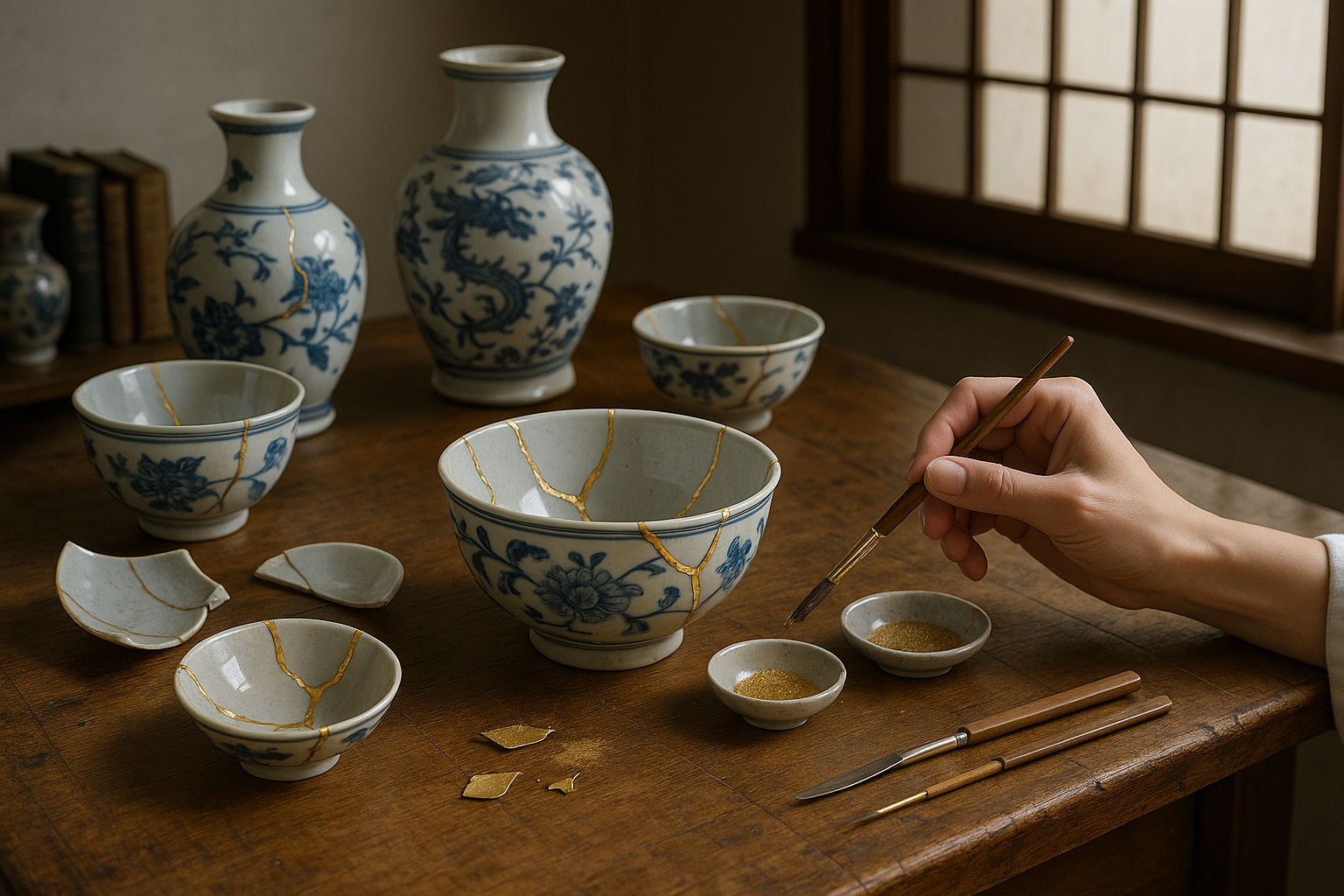In a world where history and modernity constantly collide, the task of restoring the past to its former glory poses a fascinating challenge. The delicate art of restoration is not merely about bricks and mortar, but about breathing life back into structures that once stood as silent witnesses to the passage of time. As we embark on this intricate journey, we confront the ethical dilemmas that accompany the revival of historical landmarks, artworks, and cultural treasures. In this blog post, we will explore the complex world of restoration ethics, offering insights into how these guidelines can illuminate a path toward a brighter future.
The significance of restoration extends far beyond the aesthetic allure of refurbished facades or gleaming sculptures. It is about preserving the very essence of human history, fostering a connection between generations past, present, and future. Yet, this noble endeavor is fraught with ethical considerations that demand our attention. The guiding principles of restoration ethics help us navigate the fine line between preserving authenticity and embracing necessary innovation.
At the heart of this discussion lies the fundamental question: How do we honor the past while adapting to the needs of the present? As we delve into this topic, we will uncover the core principles that underpin ethical restoration practices. We’ll examine how these principles guide decision-makers in determining which elements of a structure or artifact should be preserved, altered, or even discarded. By doing so, we aim to understand how ethical guidelines can facilitate the creation of spaces that respect history while serving contemporary society.
One of the key aspects of restoration ethics is the principle of minimal intervention. This concept emphasizes the importance of making the least amount of change necessary to preserve the integrity of a historical site or artifact. We’ll explore how this principle is applied in various scenarios, from the restoration of ancient ruins to the conservation of classical artworks. By adhering to minimal intervention, restorers can maintain the authenticity and original intent of the creators, ensuring that future generations can appreciate these cultural treasures in their true form. 🏛️
However, the principle of minimal intervention often clashes with another essential consideration: functionality. In today’s fast-paced world, historical sites must serve practical purposes, such as museums, community centers, or educational facilities. Balancing the need for functionality with the desire to preserve historical integrity requires careful thought and creativity. Throughout this article, we will showcase case studies that illustrate successful examples of this delicate balance, highlighting how restorers have managed to respect the past while accommodating the present. 🏗️
Another critical topic we will address is the role of technology in restoration efforts. With advancements in digital tools and techniques, restorers now have unprecedented opportunities to analyze and preserve historical artifacts. We’ll delve into how technology is transforming restoration practices, enabling more precise analysis and innovative solutions. From 3D scanning to augmented reality, these technological advancements offer new ways to engage with history and ensure its preservation for generations to come.
Moreover, we will explore the cultural and social implications of restoration ethics. How do cultural values and societal norms shape restoration decisions? Are there universal ethical standards, or do they vary across different cultures and communities? By examining these questions, we aim to uncover the intricate web of influences that guide ethical restoration practices around the world. 🌍
Finally, we will discuss the future of restoration ethics and its potential to inspire sustainable practices. As climate change and environmental concerns continue to shape our world, the field of restoration must adapt to these challenges. We will explore how ethical guidelines can promote sustainable restoration practices, ensuring that future generations can inherit a world where history and progress coexist harmoniously.
In conclusion, the journey through restoration ethics is one of profound significance. It challenges us to reflect on our responsibilities as stewards of history and encourages us to make thoughtful decisions that honor the past while embracing the future. Join us as we navigate this captivating field, uncovering the principles that guide restorers in their mission to revive the past and create a brighter future for all. 🕰️✨
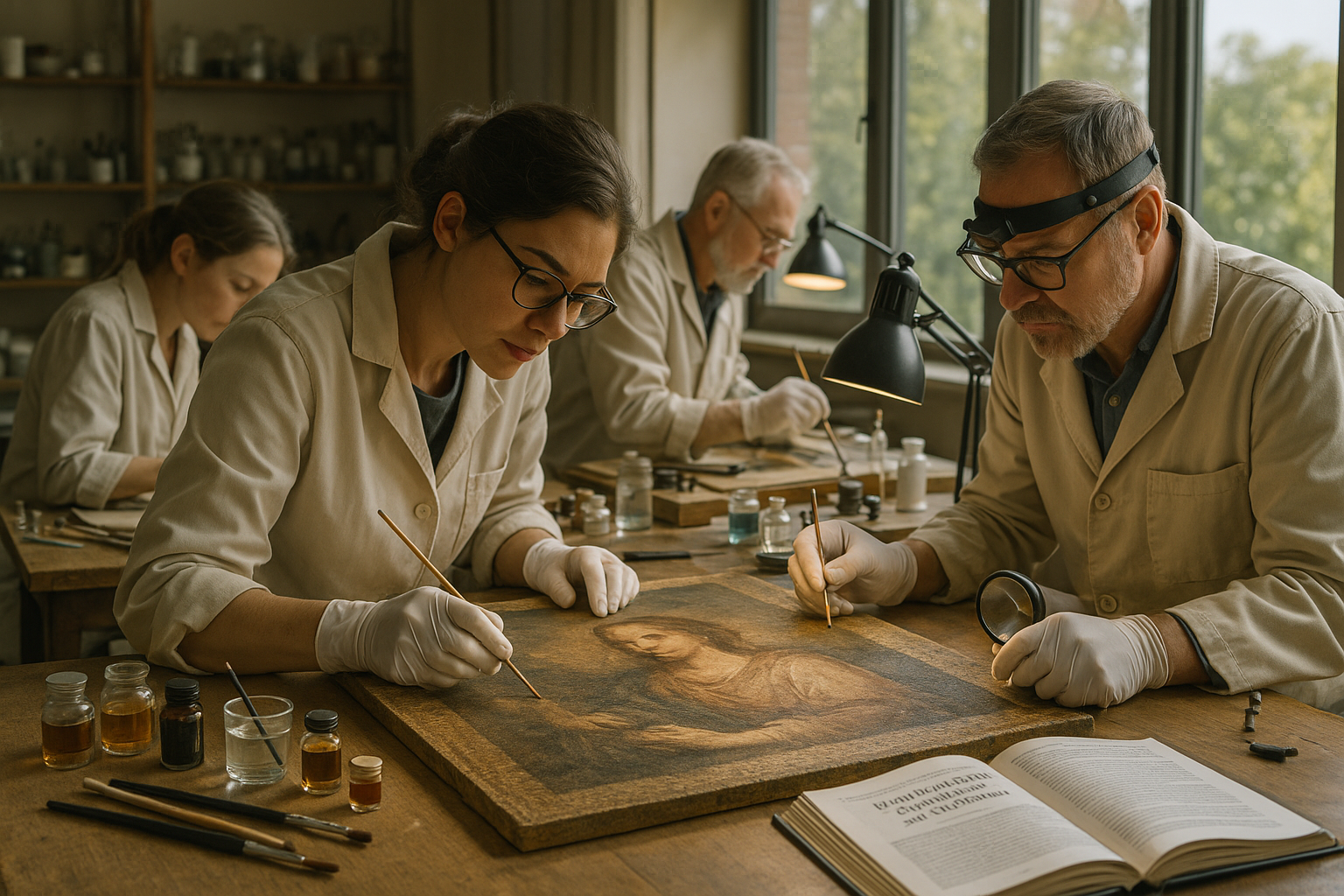
Conclusion: Reviving the Past for a Brighter Future 🌟
In this exploration of restoration ethics, we’ve journeyed through the intricate balance between preserving history and adapting it for future generations. We delved into the principles guiding ethical restoration, emphasizing the need for sensitivity towards historical authenticity, cultural significance, and environmental sustainability. The discussion highlighted the importance of maintaining a dialogue between stakeholders, including historians, architects, and the communities they serve, to ensure that restoration efforts are inclusive and respectful of diverse perspectives.
One of the key takeaways is the necessity for guidelines that are adaptable yet rooted in a strong ethical foundation. As we navigate through modern challenges such as climate change and urbanization, it becomes increasingly crucial to adopt restoration practices that not only honor the past but also contribute positively to the future.
By understanding the delicate nuances involved in restoration, we can better appreciate the cultural heritage that surrounds us and ensure its preservation for future generations. This process is not just about maintaining structures, but about sustaining the stories and identities they represent. The ethical guidelines we follow serve as a compass, guiding us towards decisions that reflect both respect for history and responsibility towards the future.
We invite you to engage with this topic by sharing your thoughts and experiences. How do you see the role of restoration in your community? What are your views on balancing historical integrity with modern needs? Feel free to share your insights in the comments below or on social media. Your participation is vital in fostering a broader conversation about the role of restoration in our society.
Together, let’s commit to a future where the past is not only remembered but celebrated in a way that enriches our collective journey forward. 🌍✨
For further reading, you might find these resources insightful:
– [UNESCO World Heritage Centre](https://whc.unesco.org/en/about/)
– [The Getty Conservation Institute](https://www.getty.edu/conservation/)
Thank you for being part of this important conversation. Let’s continue to explore and cherish our shared history, making informed decisions today that will light the way for tomorrow.
—
Remember to verify the links and ensure they lead to active and relevant content as needed.
Toni Santos is a restoration artist and historical design specialist devoted to reviving the beauty and soul of the past. Through meticulous craftsmanship and a deep respect for heritage, Toni brings antiques back to life—preserving not just objects, but the stories they carry through time. With hands trained in traditional restoration techniques and an eye for age-worn elegance, Toni restores furniture, artworks, artifacts, and heirlooms with precision and reverence. His work reflects a belief that restoration is not correction—it’s conversation between the old and the present. Blending artistry, conservation ethics, and historical research, Toni approaches every piece as a narrative in wood, metal, leather, or fabric—each with scars that speak of eras gone by. Whether repairing a hand-carved chair or reviving a forgotten painting’s vibrance, he respects the integrity of original craftsmanship while honoring its continued life. As the creative force behind Vizovex, Toni shares before-and-after showcases, restoration walkthroughs, and visual essays exploring the techniques and philosophies behind authentic antique revival. His platform celebrates: The timeless value of handcrafted work The quiet artistry of repair and preservation The cultural memory embedded in material objects The delicate balance between age and renewal For collectors, curators, artisans, and lovers of legacy, Toni’s world is an invitation to see restoration not as fixing what’s broken—but as restoring what still lives beneath the dust of time.

